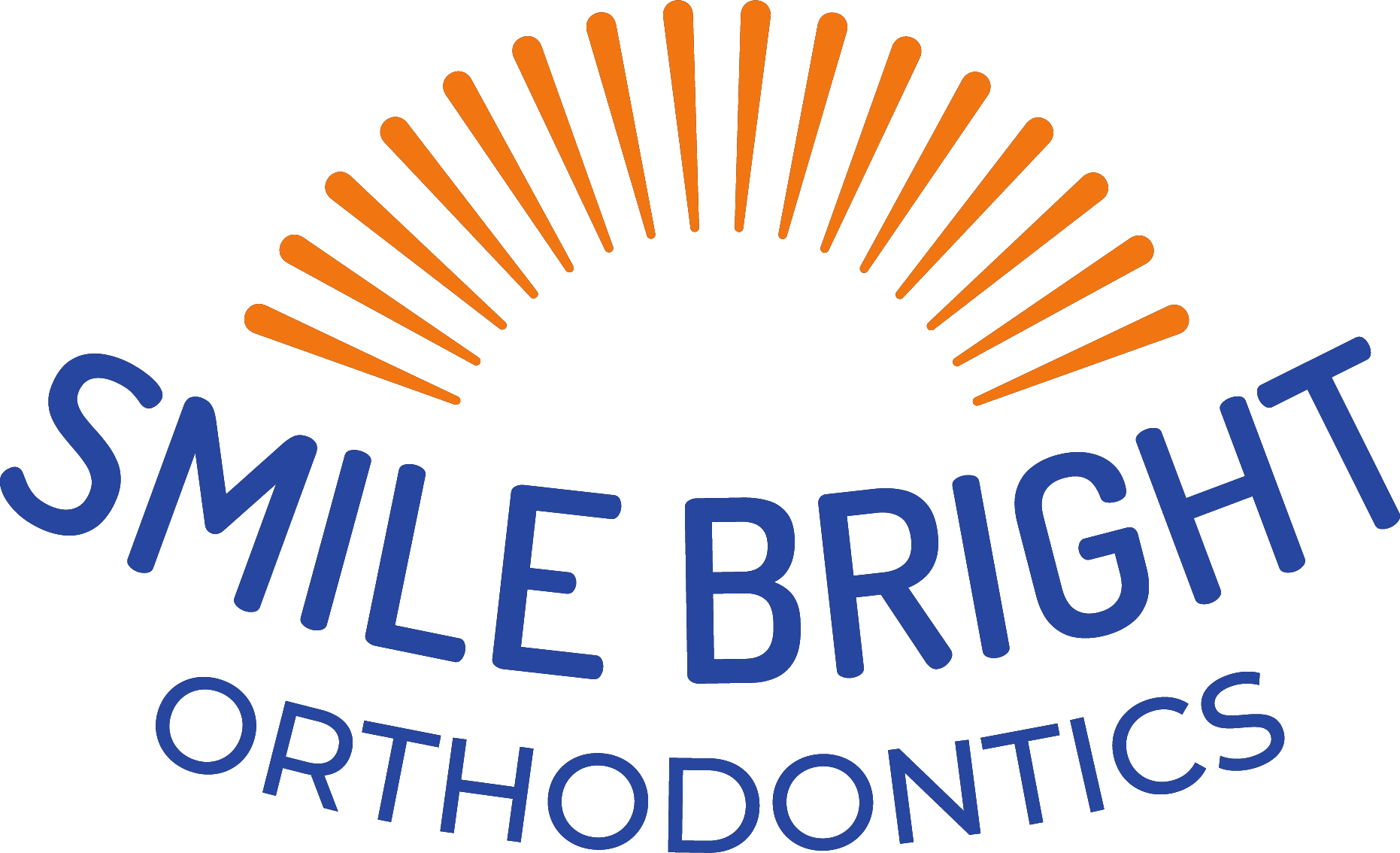Early Treatment
Early Treatment: Is it Beneficial for Every Child?
Early orthodontic treatment isn’t always beneficial for every child. Some types of orthodontic issues are more effectively corrected during the teen years when all permanent teeth have erupted. Certain skeletal discrepancies should be addressed only when growth is more advanced or complete. Treatment plans are customized based on each child’s specific needs. Nonetheless, we recommend scheduling a consultation around age seven for optimal results.
Orthodontic Supervisory Program Explained:
Our “Kids Club” offers a specialized supervisory program for children not yet ready for orthodontic treatment:
- Close monitoring of permanent teeth eruption.
- Early interventions, such as the timely removal of baby teeth, can resolve issues and potentially shorten future treatment duration.
- Communication with your general dentist regarding any recommendations made during observations.
This program involves periodic visits every 6-12 months to monitor progress and determine the best time to initiate treatment. It’s provided at no cost to ensure your child receives the best possible outcome.
Additional Benefits of Orthodontic Treatment:
Beyond achieving a beautiful smile, orthodontic treatment offers numerous advantages:
- Improves bite function and dental alignment.
- Enhances the ability to clean teeth, preventing premature wear.
- Increases the longevity of natural teeth over a lifetime.
Early Treatment Considerations:
The American Association of Orthodontists recommends an initial screening by age seven to assess the need for early orthodontic intervention. This early evaluation helps guide tooth development, preserve space for permanent teeth, and reduce the risk of front teeth fracturing.
If early treatment is deemed necessary, our orthodontists can guide jaw growth and the emergence of permanent teeth. This early intervention can also regulate the width of dental arches, prevent the need for tooth extractions, and correct habits like thumb sucking or abnormal swallowing.
Future Orthodontic Care:
While early treatment can address significant issues and simplify future orthodontic needs, it typically involves a phased approach. Phase II treatment, often involving full braces in the pre-teen or teen years, completes the alignment of permanent teeth for a lasting correction.
Dental Health During Treatment:
Patients undergoing orthodontic treatment are encouraged to maintain regular visits to their family dentist. Routine check-ups and cleanings, essential for those with braces and other orthodontic appliances, ensure optimal dental health.
